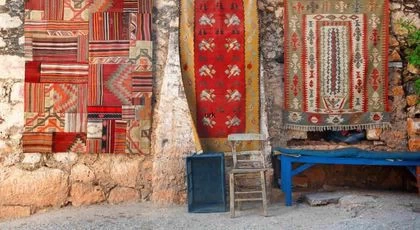
Cultural symbols and motifs that have existed for generations actually express the beliefs, stories, and various rituals of the society they belong to. In Turkish culture, where weaving has turned into an art form influenced by the nomadic lifestyle, kilim motifs and their meanings have been significant cultural values that have endured to this day.
In Turkish weaving, which can actually be defined as a nomadic art, it can be said that the motifs woven on carpets and kilims represent different beliefs; they are symbols that provide insights into the lifestyles of that period.
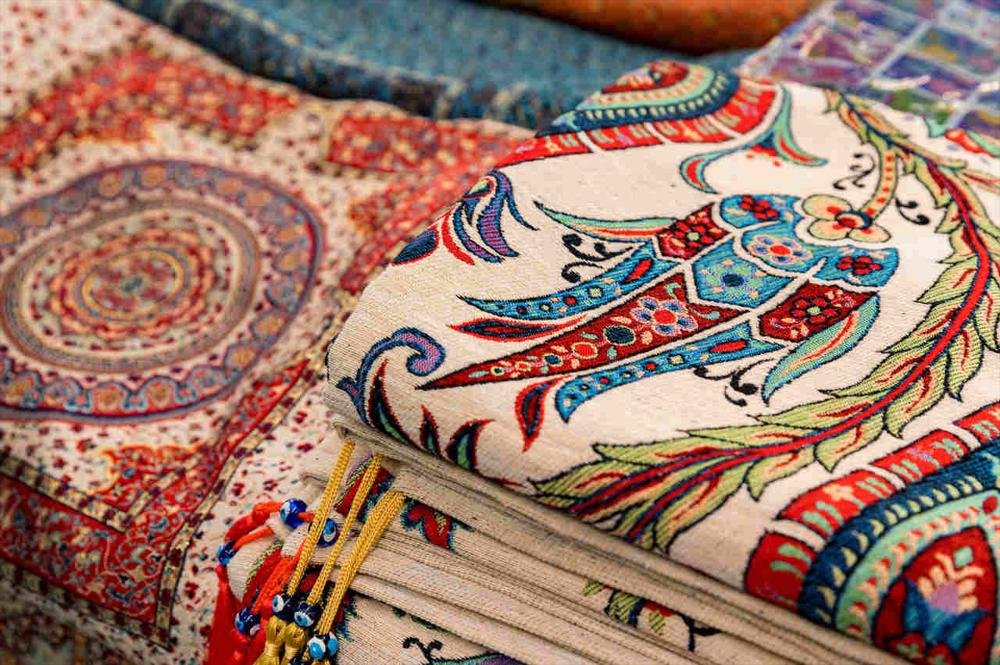
The motifs applied on carpets and kilims, which are among the most important complementary pieces of home decoration today, also bear influences from weaving art examples from the past.
In the content we prepared as Doğtaş, the address of style and harmony in homes, you can find the meanings of carpet and kilim motifs that date back centuries in Turkish culture.
Additionally, we recommend reading our content titled How to Determine the Right Carpet Dimensions for Your Home before choosing a carpet or kilim.
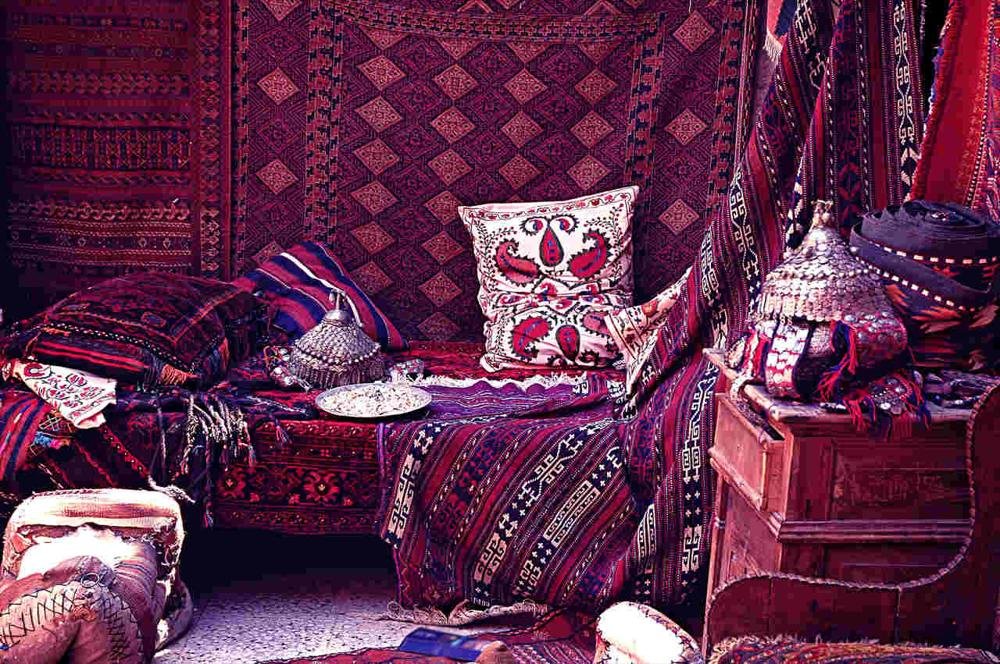
It can be said that symbols carrying common values in a society are the subject of both abstract and concrete products. In Turkish carpet and flat weaving art, a “motif” can be explained as elements that come together or stand alone to represent something.
It is known that Turkish communities are quite skilled and expert in weaving.
Not only carpets and kilims, but also many items such as mafraj, bags, or socks are weaving products enriched with various motifs by Turks.
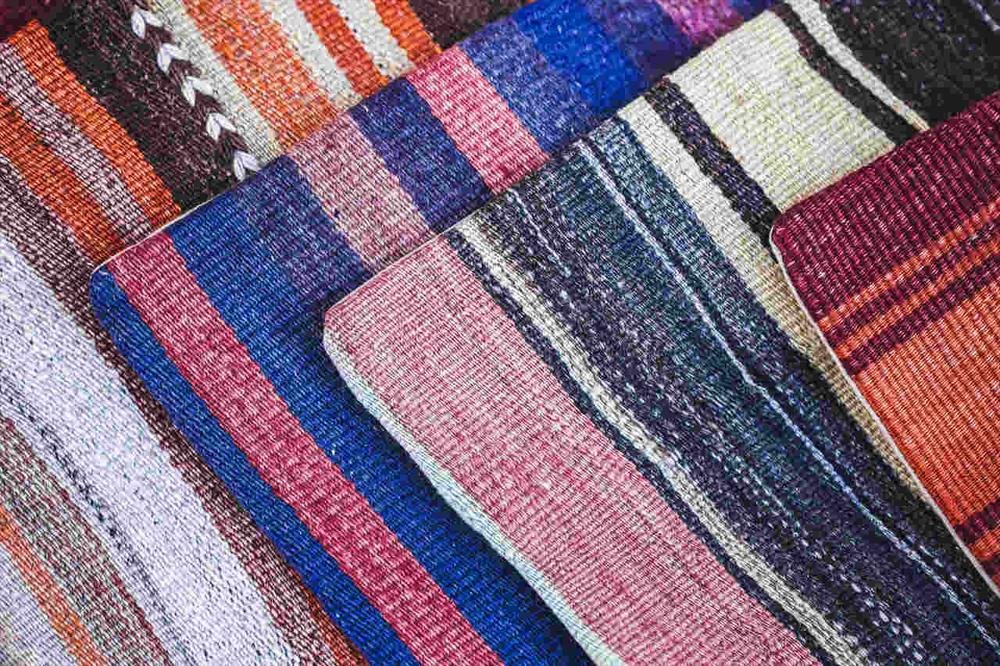
The symbols and motifs mentioned in our content not only provide aesthetic appearances to these items but also symbolize the desires, expectations, and beliefs of the societies living in that period, leading them to reach today.
Not only in past periods but also today, we see various symbols and marks on carpets and kilims, which are complementary pieces designed within an authentic style frame.
So what are the main symbols used in Turkish carpets and kilims? What are the meanings of carpet and kilim motifs used by the masters of weaving, the Turks?
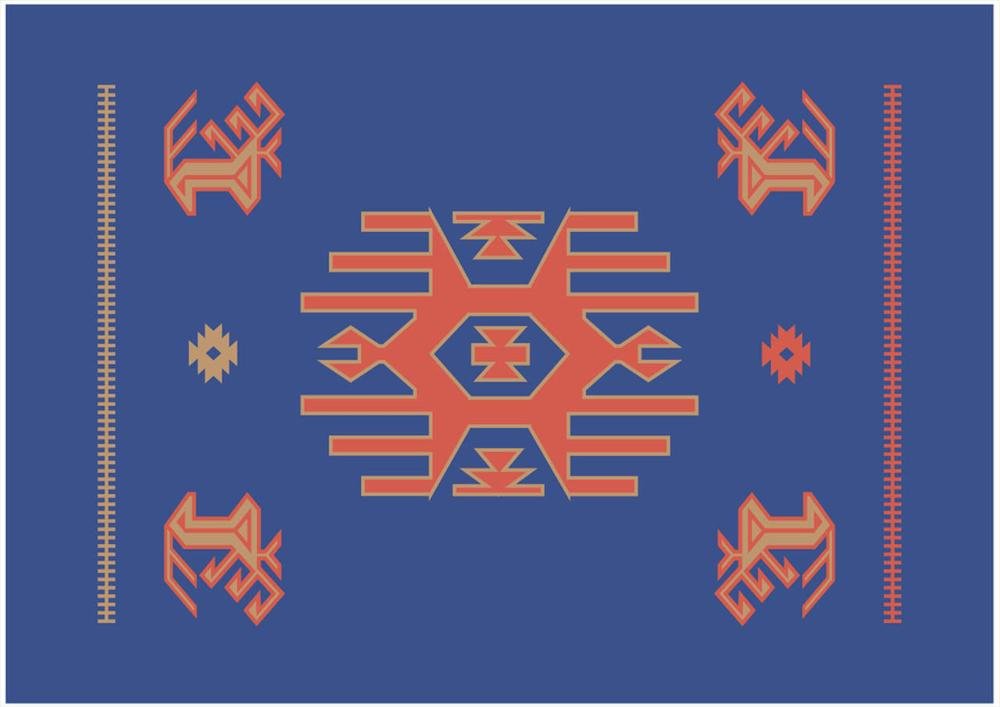
One of the first responses to the question what are the main symbols used in Turkish carpets and kilims is the scorpion motif.
The most important reason why Turks, preferring to use the scorpion motif in their woven carpets and kilims, do so is because the scorpion symbolizes death.
Turkish communities that lived a nomadic life have, therefore, a lifestyle open to threats from the outside.
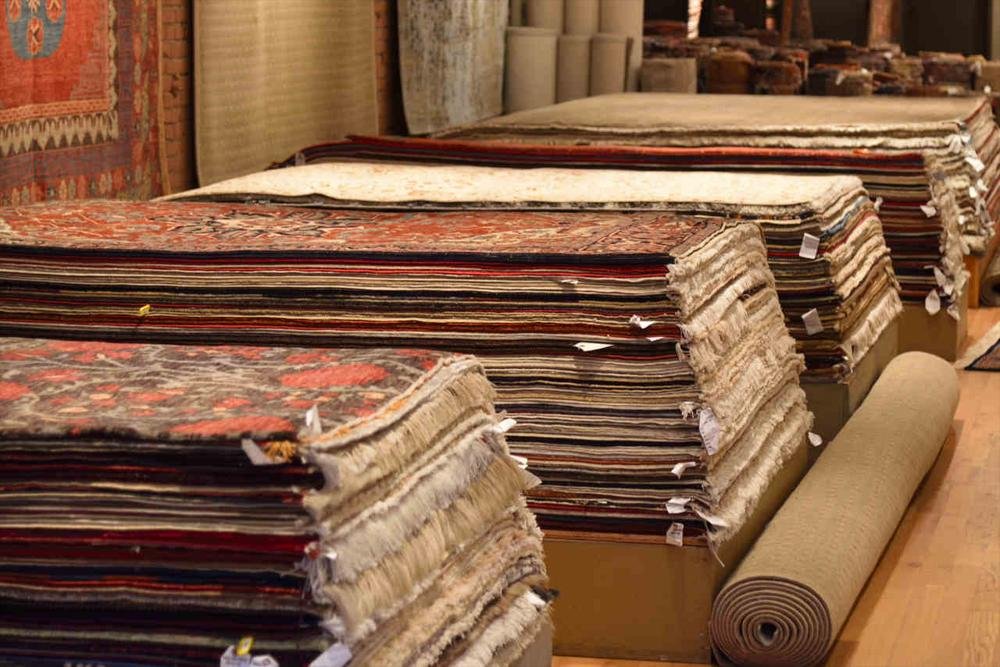
They believed that the scorpion figures they wove on carpets and kilims would protect them from evil and death.
Additionally, the presence of poisonous scorpions in the places they migrated lowered their quality of life, being another reason why scorpion figures were included on their kilims.
Scorpion motifs, usually placed on the outer edges of the carpets, had a meaning for Turks that they believed it protected them from outside evils.
The child motif, which can actually be explained as a human motif, is a quite common example among traditional Turkish carpet motifs.
In Turkish mythology, the child, representing purity and innocence, became a symbol woven onto carpets and kilims to notify the goddess of water and seas, Ak Ana, of the people’s call for fertility.
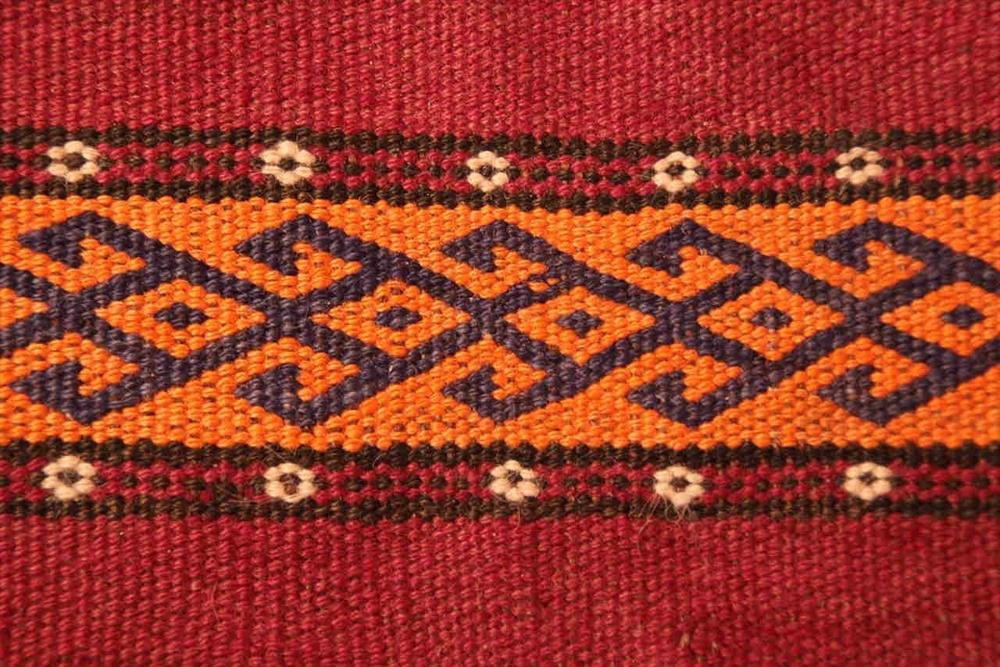
The prosperity motif woven onto Turkish carpets and kilims is categorized into three groups.
The dragon motif is used in kilims because it is believed to bring abundance.
Created by resembling its claws to a lion and its tail to a snake and depicted as a winged animal, the dragon is also a frequently encountered symbol in Turkish mythology.
Believed to be the sole ruler of air and water, the dragon is symbolized as a cloud among Anatolian Seljuks.
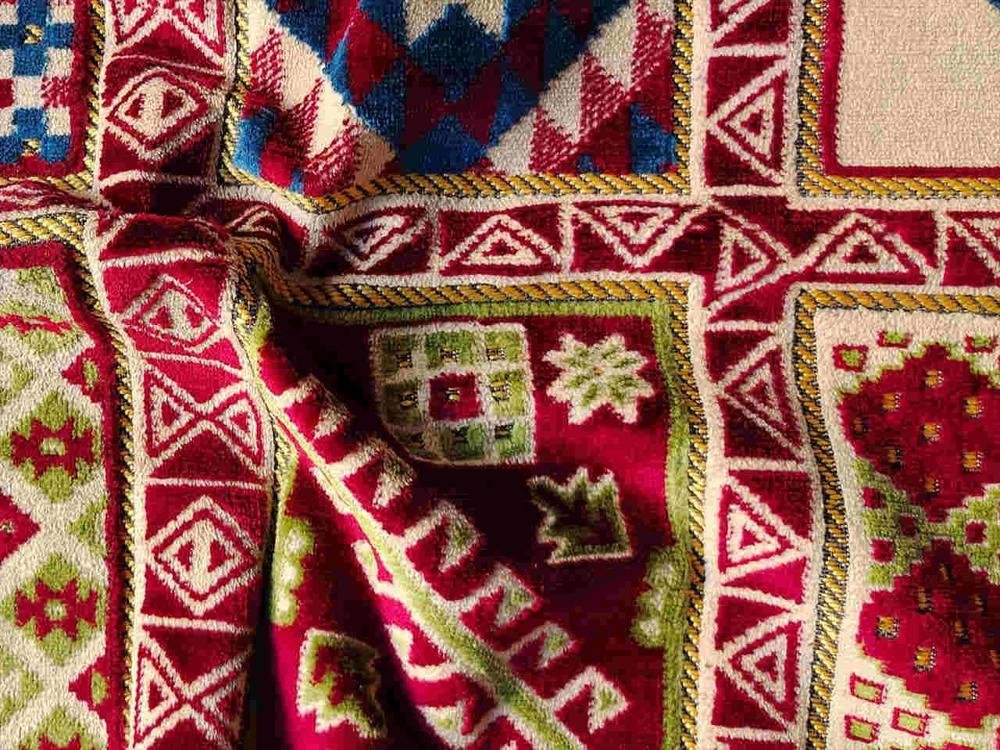
Another motif we thought should be included in our content where we addressed those curious about Turkish kilim motifs and meanings is the buckle, representing family unity.
In Old Turkish, the word “bukagu,” adapted to modern Turkish as "bukağı," can be explained as the iron chain fastened around the feet of horses to prevent them from escaping and getting lost.
A frequently encountered symbol in Turkish carpet and kilim weavings, the buckle kilim motif represents not only the continuity of the family but also the unity of lovers who love each other.
The cultural example of tying engagement rings together with a red ribbon before they are worn also reflects this.
You can learn everything you are curious about regarding preparing an engagement table with the transfer still kept today by reviewing our article titled How to Prepare an Engagement Table at Home?.
These figures, woven in sets of seven, five, or three, are essentially motifs created from sticks emerging from a piece.
In traditional Turkish carpets and kilims, the hand, finger, and comb motif, usually used in threes together, although considered as a whole, carry different meanings.
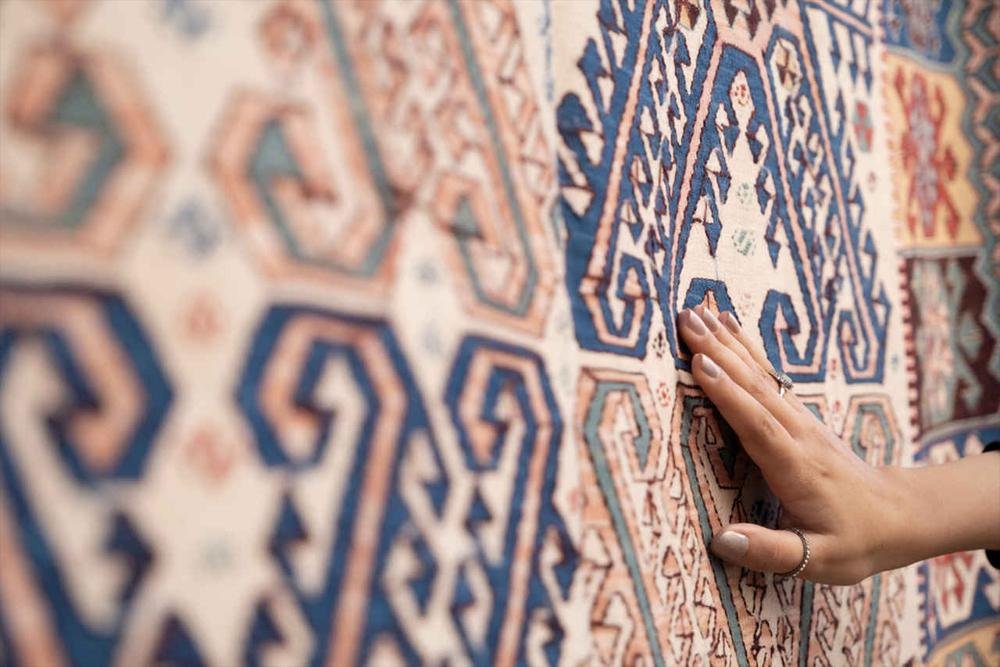
One of the most encountered examples in Turkish handicraft motifs is the hands on hips motif. The hands on hips motif can be described as a figure representing femininity.
Resembling a human figure, the hands-on-hips motif is also expressed in Anatolia as "bride girl" or "girl with child."
Thought to have been used since the era when Mother Goddesses were worshiped and as a cultural heritage product that has reached today, the hands on hips motif symbolizes fertility and motherhood.
The hands on hips kilim motif, likened to a person holding their hands on their hips, also contains meanings of abundance, joy, and happiness.
One of the most used motifs in traditional Turkish kilims is the human motif.
Inserted onto kilims to express family longing, the human symbols also indicate longing for the loved one, spouse, and children.
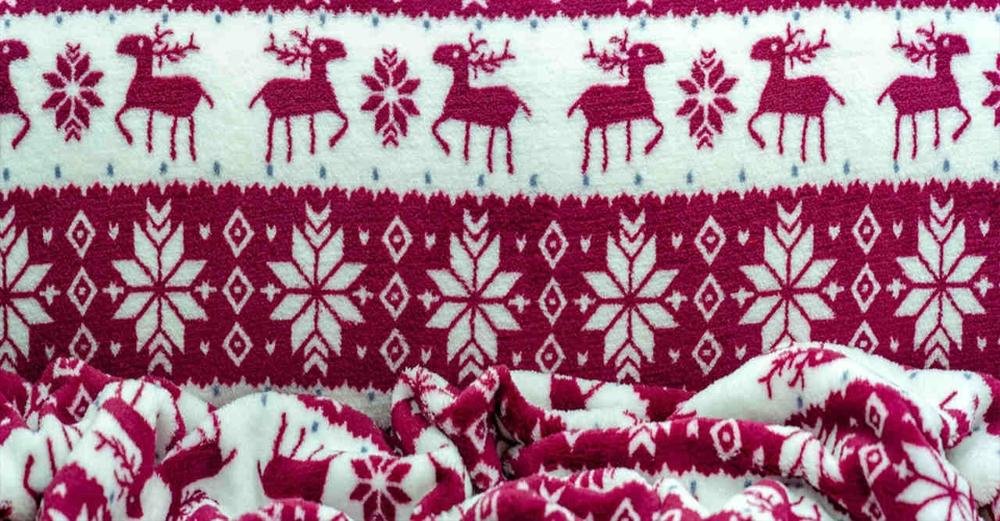
The deer motif frequently used in Turkish carpets and kilims has become a symbol representing wisdom.
The belief that the power taken from nature is transferred across generations with this wisdom meant that deers were depicted, also symbolizing the expression of the state’s ruling authority being granted by God in old Turkish traditions.
Moreover, the deer represents eternal happiness.
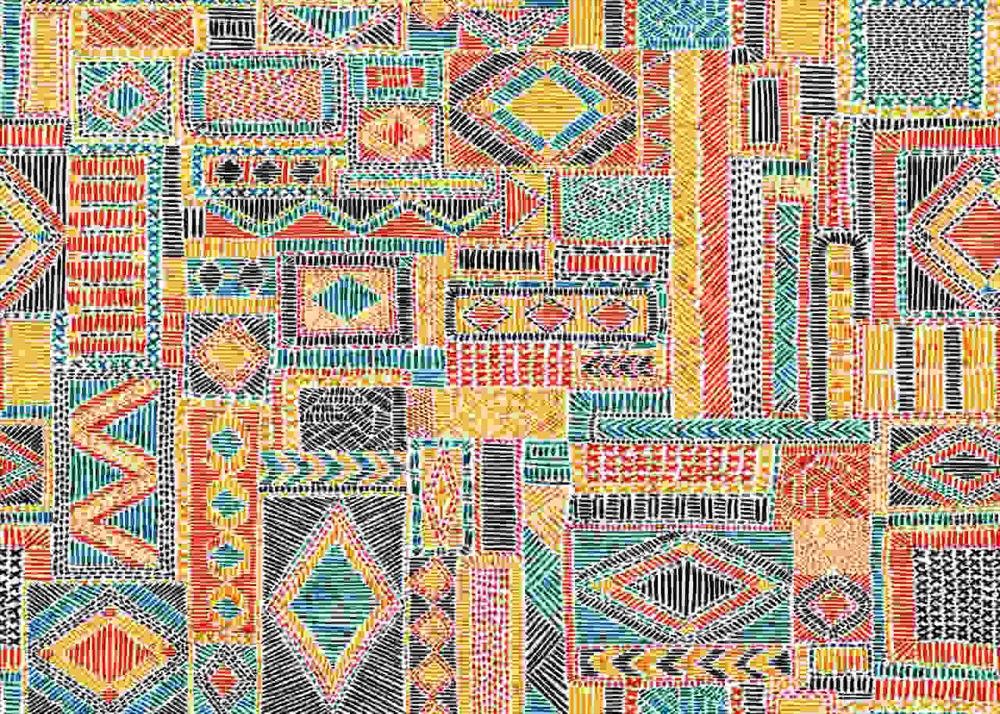
The eye motif, which has a special place among traditional Turkish motifs, also holds a deep meaning.
The eye sign woven into kilims and carpets to protect the place it is located and the people living there from evil-eyed and malevolent people is usually applied in blue colors.
When traditional Anatolian weavings are examined, it is noticed that the eye kilim motif is often used together with hands on hips and prosperity motifs.
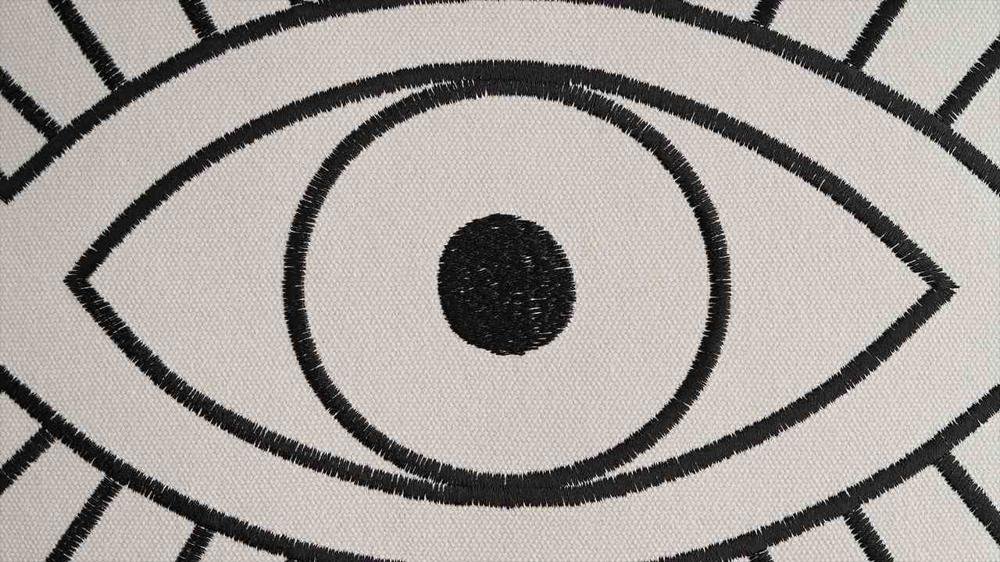
Furthermore, let us mention that the eye motif has started to be included in various products in modern decoration.
Today, the use of the eye motif is quite popular in wall-hanging home accessories, cushions, and pillows.
The Embroidery Eyes Cushion product, found in Doğtaş Home’s cushion category, can be shown as one of the most stylish examples of using the eye motif. The Doğtaş Hand Made Small Cube, also attracting attention with its eye motifs, can complete your home decoration in the most stylish way.
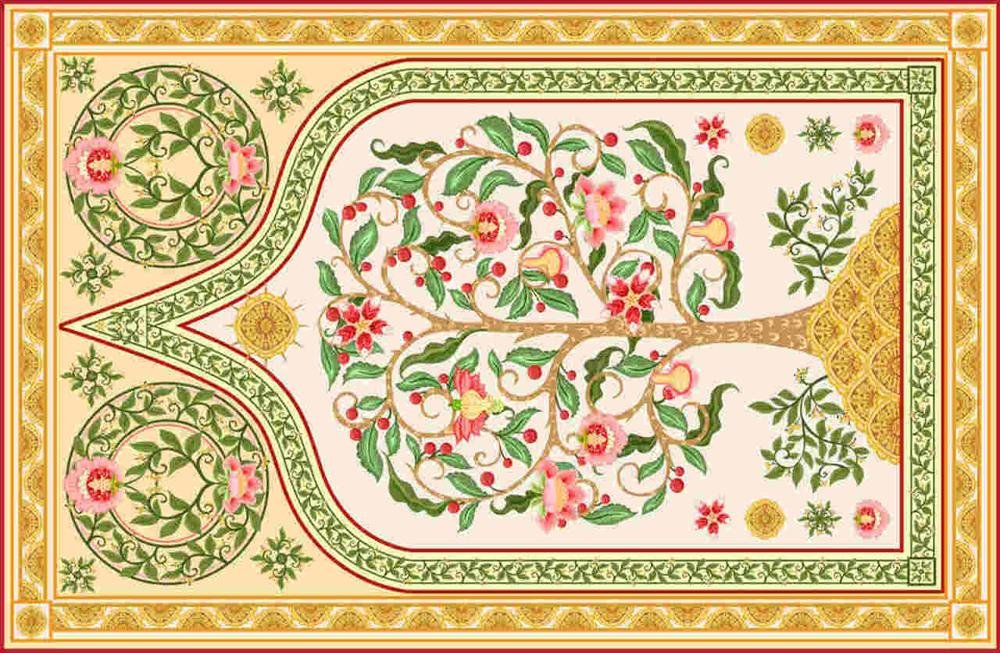
The tree of life motif, as understood from its name, is a symbol representing the continuation of life. Especially in Anatolian Seljuk art, the tree of life motif is full of frequently encountered examples.
Representing the connection between earth and heaven, the tree of life is often depicted in forms like vine, cypress, pomegranate, palm, olive, and palm trees.
One of the most curious shapes among kilim motifs and meanings, the roots of the tree of life settled underground symbolize eternity; the branches and trunk in the lower part symbolize the sky, and the upper branches symbolize reaching toward heaven.
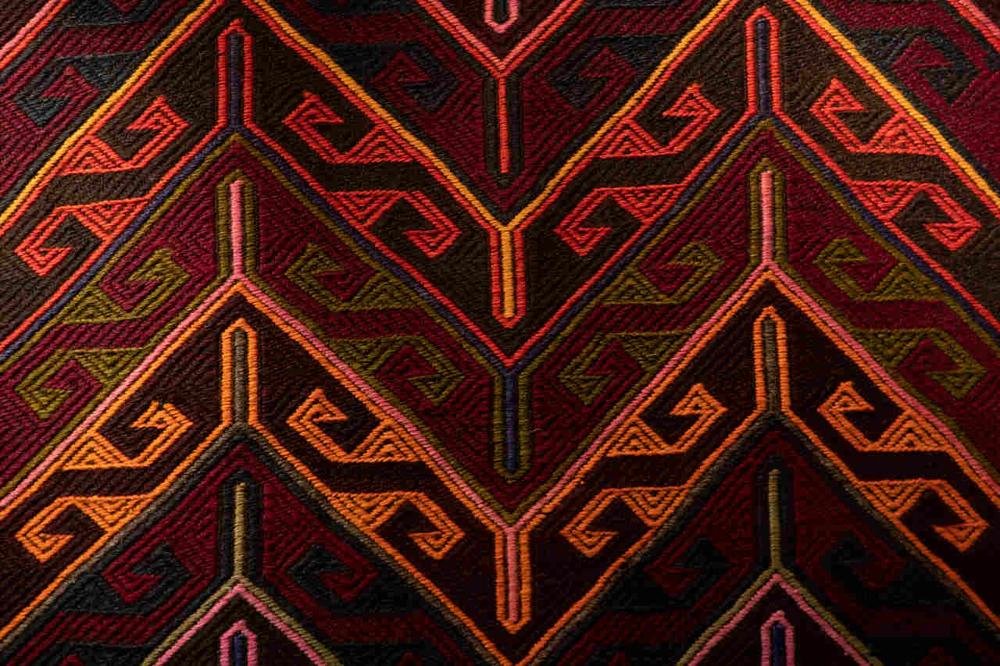
In Turkish culture, the ram’s horn, an expression of heroism and strength, is used not only on woven products like carpets and kilims but also on some gravestones.
As the name suggests, this motif, reminiscent of a ram’s horn, is usually seen to be woven into the central part of kilim weavings.
One of the most frequently encountered motifs among traditional Anatolian carpets and kilims are the nazar and amulet symbols.
In cultures where the belief in the evil eye is strong, the nazar and amulet motifs are woven with the thought that they will protect both the person weaving it and the people living in the house from attacks from outside and are still often used in various objects in modern home decoration.
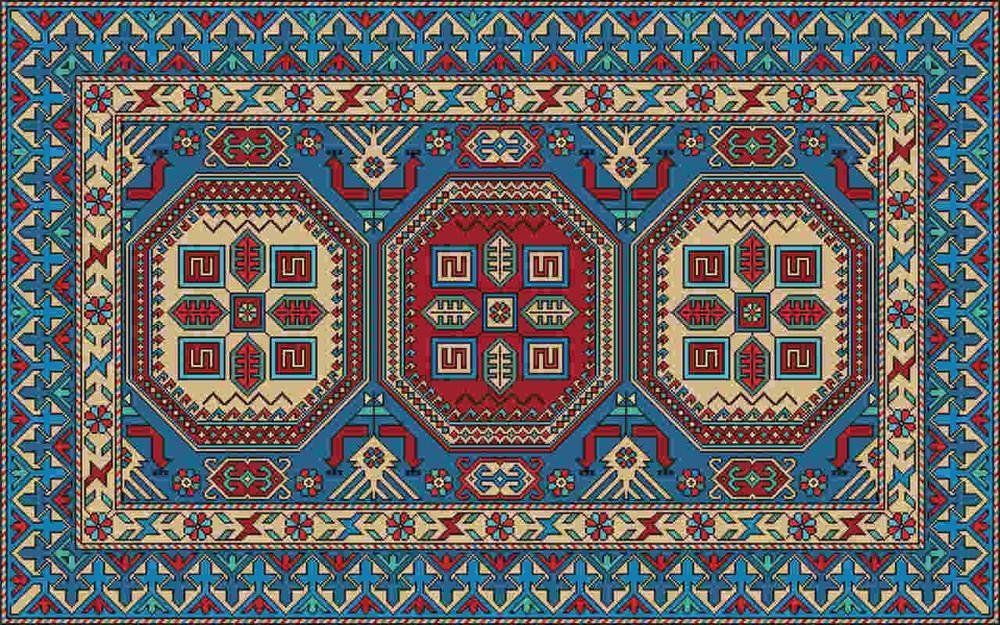
Another symbol included among traditional Turkish carpet kilim motifs is the bird motif.
The bird motif, carrying the meaning of news awaited from someone who is missed, also has various meanings.
For example, while an eagle represents power and heroism, the nightingale represents a lucky and abundant life; the owl, however, is a symbol of evil, taking its place in carpet and kilim weavings.
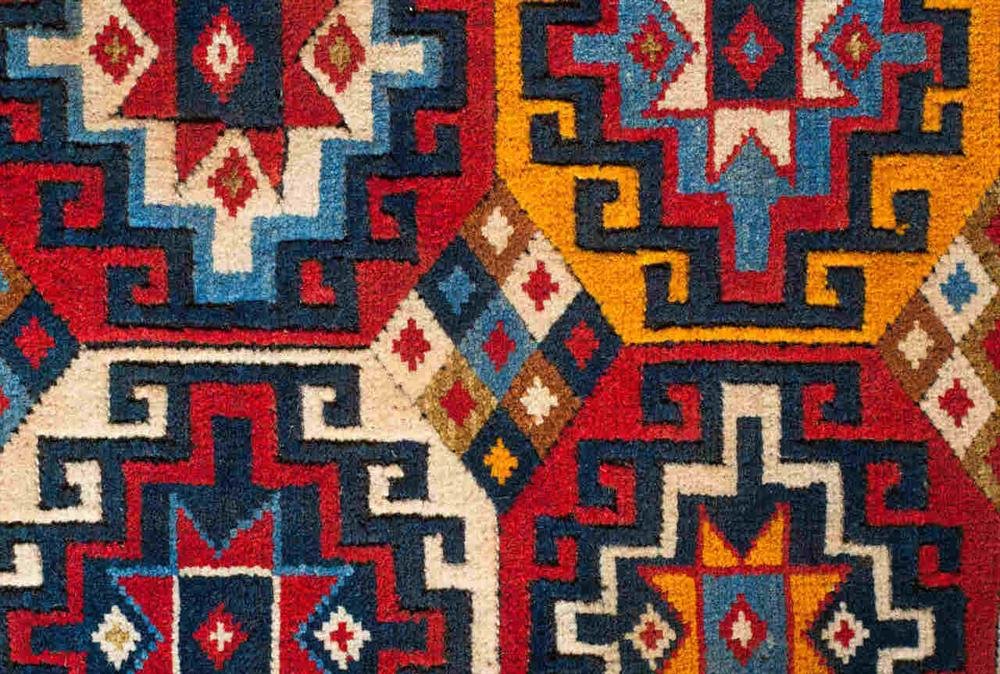
Water has held quite an important place in Anatolian societies.
The waterway symbol, carrying the meaning of rebirth, has also taken its place in carpet and kilim weavings as a motif symbolizing nobility and virtue.
The waterway symbol is a motif still frequently used in carpets today.
In the content we prepared as the Doğtaş family, known as the address of style and harmony in homes, we detailed everything you need to know about kilim motifs and their meanings in Turkish culture.
Finally, we would like to remind you that you can opt for Doğtaş Home to find the most beautiful carpets and kilim models that will add elegance to your homes.
By visiting the carpet category of Doğtaş Home, you can find the carpet types that best suit your home decor and express the style of your dreams!
You may also be interested in these contents: